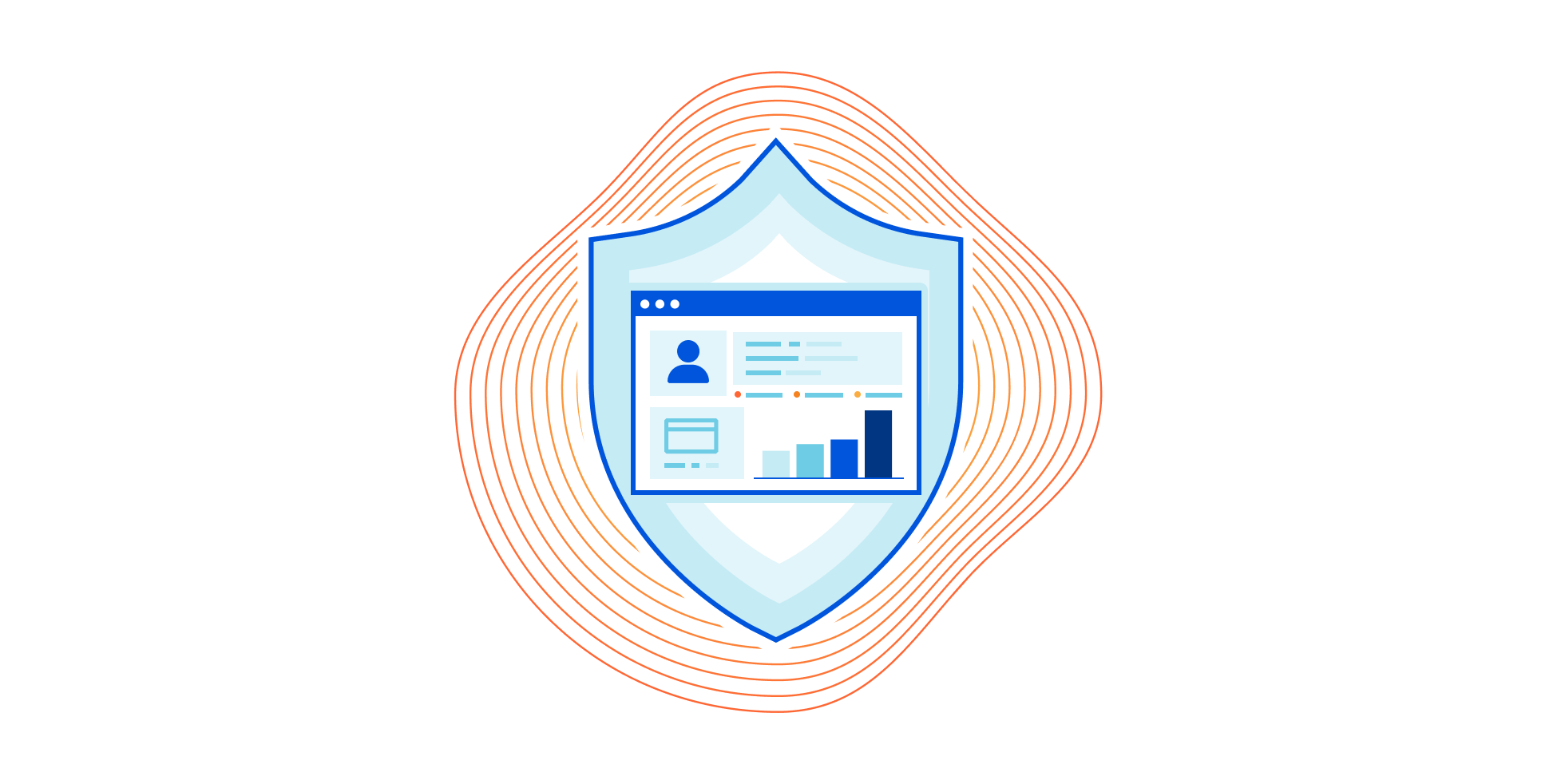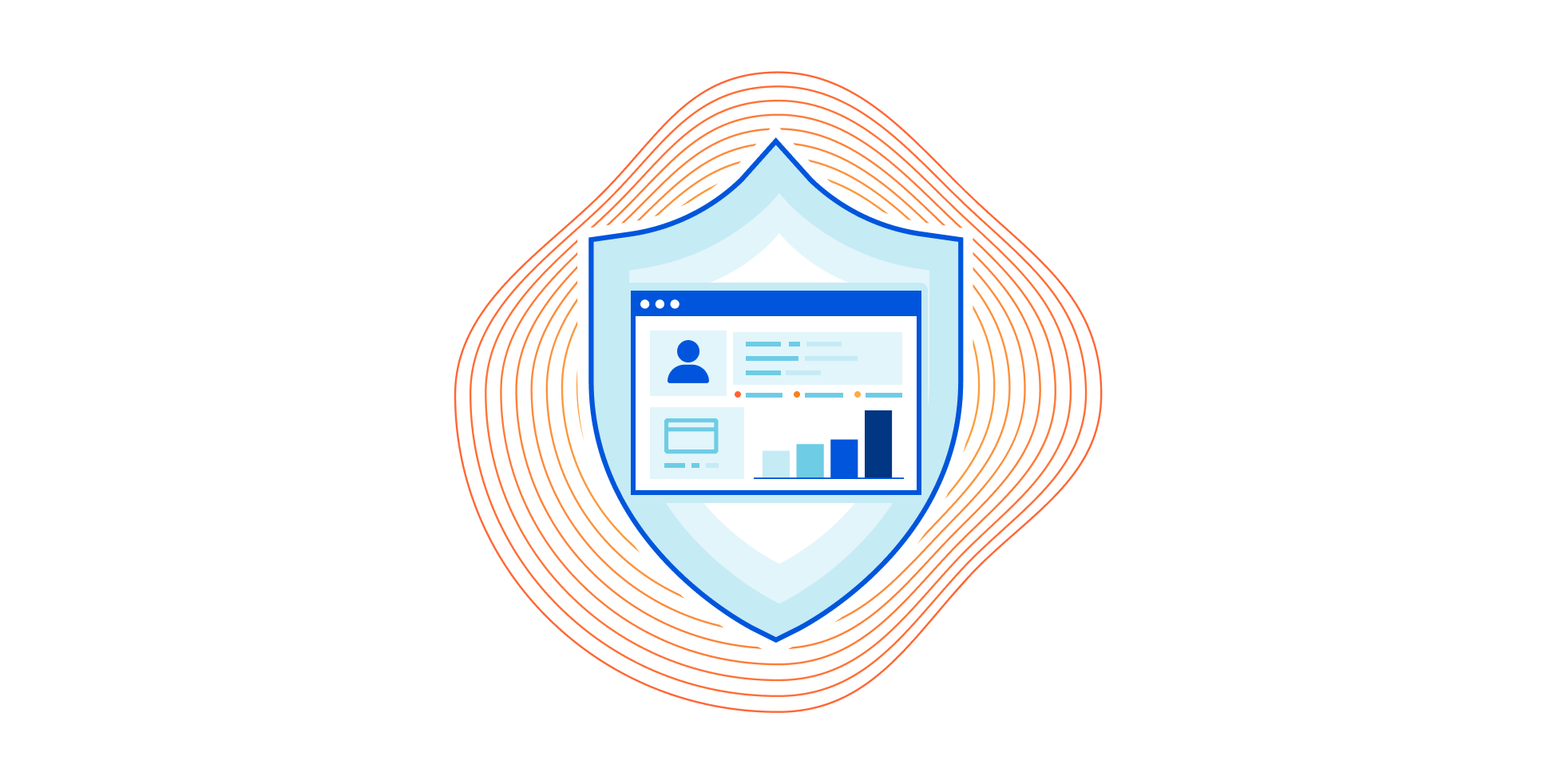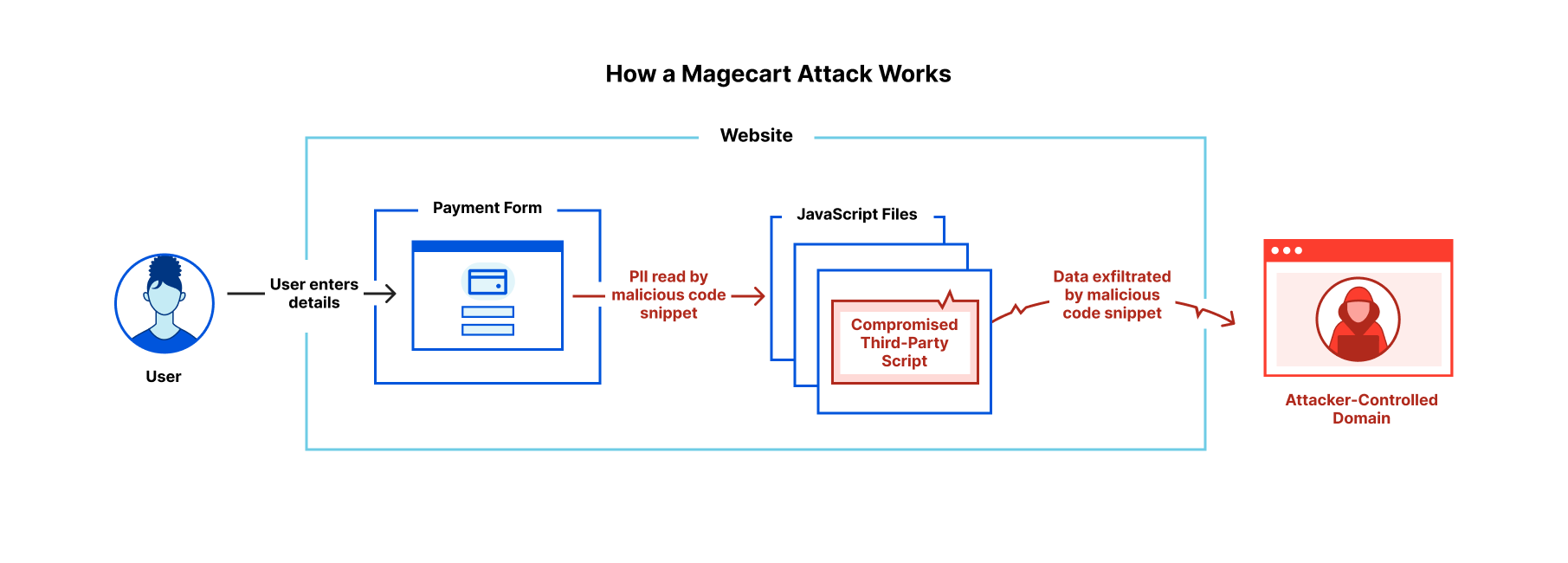CDP Discovery Using Microsoft’s PKTMON
In this video, I review how to use Microsoft pktmon commands to figure out what port I am connected to without using Wireshark.Technical Debt or Underperforming Investment?

In this week’s issue of the Packet Pushers Human Infrastructure newsletter, there was an excellent blog post from Kam Lasater about how talking about technical debt makes us sound silly. I recommend you read the whole thing because he brings up some very valid points about how the way the other departments of the organization perceive our issues can vary. It also breaks down debt in a very simple format that takes it away from a negative connotation and shows how debt can be a leverage instrument.
To that end, I want to make a modest proposal to help the organization understand the challenges that IT faces with older systems and integration challenges. Except we need some new branding. So, I propose we start referring to technical debt as “underperforming technical investments”.
I’d Buy That For A Dollar
Technical debt is just a clever way to refer to the series of layered challenges we face from decisions that were made to accomplish tasks. It’s a burden we carry negatively throughout the execution of our job because it adds extra time to the process. We express it as debt because it’s a price that must be paid every time we need Continue reading
Detecting Magecart-Style Attacks With Page Shield


During CIO week we announced the general availability of our client-side security product, Page Shield. Page Shield protects websites’ end users from client-side attacks that target vulnerable JavaScript dependencies in order to run malicious code in the victim’s browser. One of the biggest client-side threats is the exfiltration of sensitive user data to an attacker-controlled domain (known as a Magecart-style attack). This kind of attack has impacted large organizations like British Airways and Ticketmaster, resulting in substantial GDPR fines in both cases. Today we are sharing details of how we detect these types of attacks and how we’re going to be developing the product into the future.
How does a Magecart-style attack work?
Magecart-style attacks are generally quite simple, involving just two stages. First, an attacker finds a way to compromise one of the JavaScript files running on the victim’s website. The attacker then inserts malicious code which reads personally identifiable information (PII) being entered by the site’s users, and exfiltrates it to an attacker-controlled domain. This is illustrated in the diagram below.

Magecart-style attacks are of particular concern to online retailers with users entering credit card details on the checkout page. Forms for online banking are also high-value Continue reading
netsim-tools (now netlab) on the Modem Podcast
A few weeks ago, Nick Buraglio and Chris Cummings invited me for an hour-long chat about netlab on the Modem Podcast1.
We talked about why one might want to use netlab instead of another lab orchestration solution and the high-level functionality offered by the tool. Nick particularly loved its IPAM features which got so extensive in the meantime that I had to write a full-blown addressing tutorial. But there’s so much more: you can also get a fully configured OSPFv2, OSPFv3, EIGRP, IS-IS, SRv6, or BGP lab built from more than a dozen different devices. In short (as Nick and Chris said): you can use netlab to make labbing less miserable.
-
netlab was known as netsim-tools when we were recording that podcast. ↩︎
netsim-tools on the Modem Podcast
A few weeks ago, Nick Buraglio and Chris Cummings invited me for an hour-long chat about netsim-tools on the Modem Podcast.
We talked about why one might want to use netsim-tools instead of another lab orchestration solution and the high-level functionality offered by the tool. Nick particularly loved its IPAM features which got so extensive in the meantime that I had to write a full-blown addressing tutorial. But there’s so much more: you can also get a fully configured OSPFv2, OSPFv3, EIGRP, IS-IS, SRv6, or BGP lab built from more than a dozen different devices. In short (as Nick and Chris said): you can use netsim-tools to make labbing less miserable.
Intel Unfolds Xeon Roadmap With More Cores, Denser Transistors
We were complaining a few weeks ago that Intel had not put out a server processor roadmap of any substance in a long time, and instead of just leaving it at that, we created our own Xeon SP roadmap based on rumors, speculation, hunches, and desires. …
Intel Unfolds Xeon Roadmap With More Cores, Denser Transistors was written by Timothy Prickett Morgan at The Next Platform.
Calico Cloud: Active Build and Runtime Security for Cloud-Native Applications
Calico Cloud has just celebrated its 1-year anniversary! And what better way to celebrate than to launch new features and capabilities that help users address their most urgent cloud security needs.
Over the past year, the Tigera team has seen rapid adoption of Calico Cloud for security and observability of cloud-native applications. With this new release, Calico Cloud becomes the first in the industry to offer the most comprehensive active cloud-native application security that goes beyond detecting threats to limit exposure and automatically mitigate risks in real time.
With news of new zero-day threats emerging almost every day (e.g. Argo CD, Chrome Browser), the current security approach needs to evolve. We need active build, deploy, and runtime security, all together, instead of using a siloed approach. Security threats, vulnerabilities, and risks for all three areas should be addressed together, by the same security platform, rather than using multiple disjointed tools. Calico Cloud does just that!
With Calico Cloud, you can reduce your cloud-native application’s attack surface, harness machine learning to combat runtime security risks from known and unknown zero-day threats, enable continuous compliance, and prioritize and mitigate the risks from vulnerabilities and attacks.
Let’s take a look Continue reading
Can Nvidia Be The Biggest Chip Maker In The Datacenter?
Next year, with the launch of the “Grace” Arm server processors, Nvidia will have all of the compute and networking bases it cares about in the datacenter covered, and it will be selling its technology at a rapid pace. …
Can Nvidia Be The Biggest Chip Maker In The Datacenter? was written by Timothy Prickett Morgan at The Next Platform.
Production ready eBPF, or how we fixed the BSD socket API


As we develop new products, we often push our operating system - Linux - beyond what is commonly possible. A common theme has been relying on eBPF to build technology that would otherwise have required modifying the kernel. For example, we’ve built DDoS mitigation and a load balancer and use it to monitor our fleet of servers.
This software usually consists of a small-ish eBPF program written in C, executed in the context of the kernel, and a larger user space component that loads the eBPF into the kernel and manages its lifecycle. We’ve found that the ratio of eBPF code to userspace code differs by an order of magnitude or more. We want to shed some light on the issues that a developer has to tackle when dealing with eBPF and present our solutions for building rock-solid production ready applications which contain eBPF.
For this purpose we are open sourcing the production tooling we’ve built for the sk_lookup hook we contributed to the Linux kernel, called tubular. It exists because we’ve outgrown the BSD sockets API. To deliver some products we need features that are just not possible using the standard API.
- Our services are available on millions of Continue reading
Combating Increased Complexity
Organizations need an enterprise-wide data and observability strategy, and standardization of visibility to combat the complexity of the digital world.Using cert-manager with Kuma for mTLS
When configuring mutual TLS (mTLS) on the open source Kuma service mesh, users have a couple of different options. They can use a “builtin” certificate authority (CA), in which Kuma itself will generate a CA certificate and key for use in creating service-specific mTLS certificates. Users also have the option of using a “provided” CA, in which they must supply a CA certificate and key for Kuma to use when creating service-specific mTLS certificates. Both of these options are described on this page in the Kuma documentation. In this post, I’d like to explore the use of cert-manager as a “provided” CA for mTLS on Kuma.
Currently, Kuma lacks direct integration with cert-manager, so the process is a bit more manual than I’d prefer. If direct cert-manager integration is something you’d find useful, please consider opening an issue to that effect on the Kuma GitHub repository.
Assuming you have cert-manager installed already, the process for using cert-manager as the CA for a “provided” CA mTLS backend looks like this:
- Define the root CA in cert-manager.
- Prepare the secrets for Kuma.
- Configure the Kuma
meshobject for mTLS.
I know these steps are really too high level to be useful Continue reading
DEVASC Study Resources and Plan
DEVASC Exam for DEVNET Associate
DEVASC Study Resources and Plan are available and detailed in the course of DEVASC 200-901 on out website.
DEVASC Course and study plan
The exam is not simple or foundational level, it is as always with Cisco, starts with you from scratch.
up to a solid level where you are capable of discussing and implementing a solution.
so studying and preparing should be careful and detailed as well.
Even though the exam is considered a Written one, but preparation are almost 30% written only
and by that i mean theoretical parts where you only get some concepts and leave, no implementations.
SO 70% of the preparation should be practical, coding and validating a lot, constructing and encoding requests
to communicate and work with Cisco platforms remotely.
DEVASC and how to Study
studying should be by constructing and validating every code for every request and platform of Cisco mentioned in the exam agenda.
Constructing and sending API’s and requests will be by using:
- Postman with XML, JSON, and YAML
- CURL request using Git Bash CLI
- Python Scripts from Python IDLE
Validating the results will always be through the same construction and pushing platform mentioned above.
How to Pass DEVASC
Cisco DEVASC Exam
How to Pass DEVASC? the new exam from Cisco, first version released in 2019, having an exam code of 200-901
DEVASC Exam Content & Topics
the exam generally has 6 modules to study and focus on, teaching you data encoding languages for the first time,
introducing the Cisco Sandbox for practices, and start automation Cisco’s platforms over the Sandbox.
Skills learned with DEVASC
many encoding, programming, and automation skills, including:
- XML, JSON, YAML
- API’s
- SDK’s
- NETCONF & RESTCONF
- IaC and CI/CD
- Python
- Git bash & Github
- Cisco Sandbox
Cisco’s Touch in DEVASC Exam
the presence here for Cisco is not to just TEACH you DEVNET/DEVOPS
but to allow you to implement and practice most of the tools/techniques on their platform
using the FREE new sandbox service.
DEVASC Exam Nature & Type
the first and the current version of the exam has the code of 200-901
it is kind of a written exam, why kind of?, because the exam questions can be:
- MCQ’s (single/multi answer multi choice questions)
- DnD’s (Drag and Drops)
- Fill in the Blanks
- that is the tricky one, as you will have to fill in the blank the missing parts of a Code
- it Continue reading
What is DEVASC
What is DEVASC
What is DEVASC, a new question actually, DEVNET Associate from Cisco Systems is their first DEVOPS derived DEVNET certificate that was announced on June 9th – 2019.
it is the first version of the DEVASC exam that grants the Cisco Certified DEVNET Associate certificate,
and has the exam number of 200-901
DEVASC and DEVNET
DEVASC was not the only exam announced from Cisco regarding DEVNET, an entire new domain of knowledge and hierarchy was there as well.
DEVASC would be your first step in that hierarchy, then you will see DEVNET Professional which contains so many exams inside it.
one of them is mandatory, and a selective one of the others is required to become a CCDevP, that will be for another blog.
and the highest peak is the recently officially announced CCDevE, an 8-Hours LAB exam to validate how expert you are with Cisco DEVNET.
Is DEVASC Important?
not just because it is a fresh branch, or not something that is generally provided by other vendors, but because the agenda of the DEVASC are very useful.
they do as always with Cisco, start from scratch telling you what is DEVOPS, DEVNET, DEVASC, Continue reading